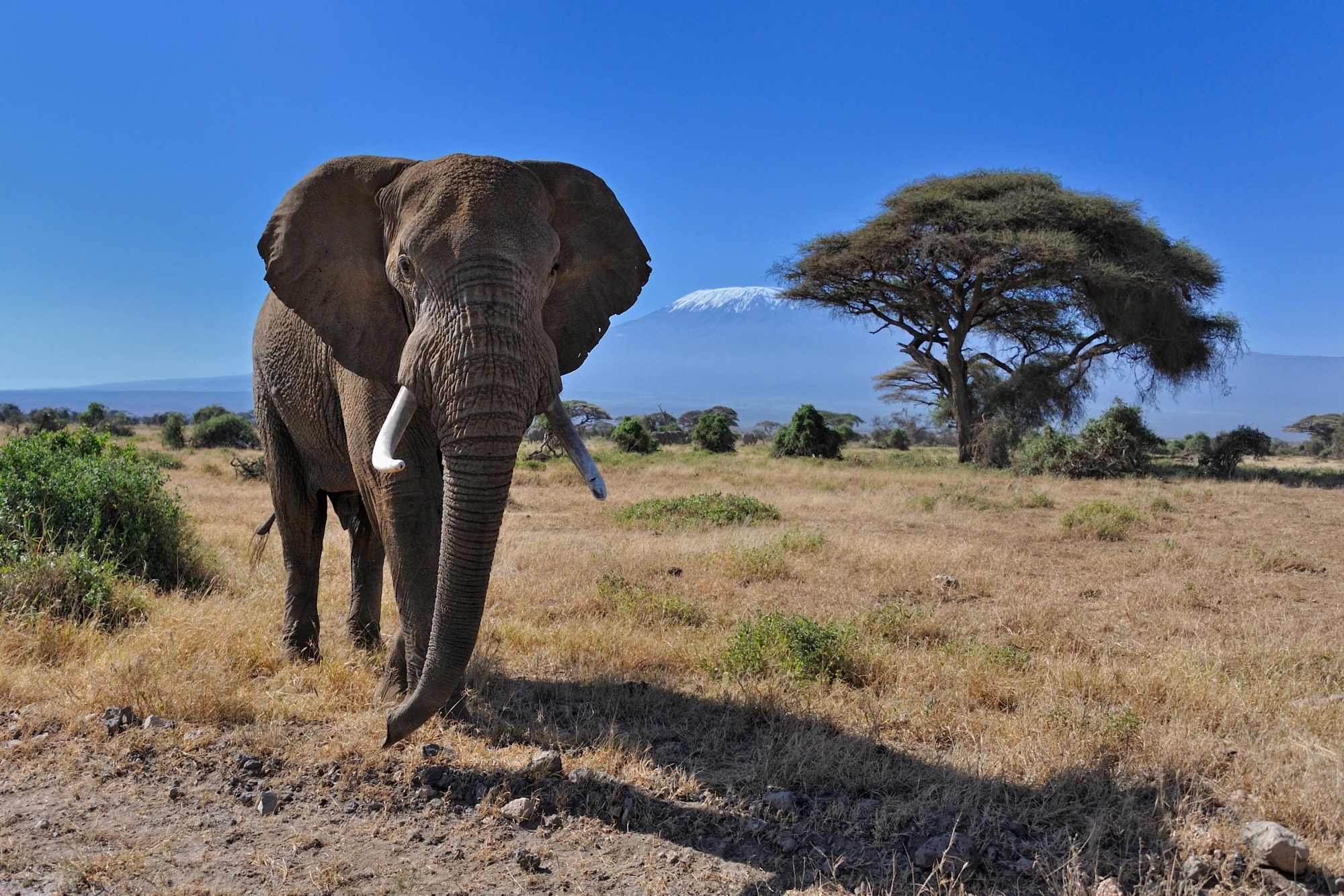
Poaching African elephants for ivory provides a case in point. Elephant poaching has sharply increased since 2006. We may now be losing up to 50,000 elephants per year with only 450,000 elephants remaining in Africa. In short, we are running out of time and unless we can stop the killing, we will surely lose the battle. Decreasing demand for ivory is vital over the long term, but the scale of current elephant losses makes this strategy too slow to save elephants by itself. The ecological, economic and security consequences from the loss of this keystone species will be quite severe and potentially irreversible.
The elephant is not alone. We are seeing large scale poaching of pangolins, lions, leopards, rhino, timber, fish and many others. In fact, the illegal wildlife trade has now become the world’s fourth largest transnational organized crime, worth upwards of US$20 billion annually.
The complex networks that allow the illegal wildlife trade to operate at this scale have seriously impacted the ability of law enforcement to combat these crimes. Hundreds of millions of containers are shipped around the world each year, with less than 2% inspected, and the sizes of container ships keep getting bigger. Single ships are already being built that can carry up to 20,000 containers. Criminal entities specialize in smuggling contraband on to and off of these container ships, into the black market and laundering the monetary proceeds. Transit countries are many and can readily shift to new countries when law enforcement pressures become too high. All of this makes contraband more difficult and costly to apprehend as it travels further away from its source.
The Center for Conservation Biology at the University of Washington has advanced methods that can help. These methods can also be readily applied to other species falling victim to this illegal trade. By weight, roughly 70% of ivory is smuggled in large seizures. We developed genetic tools to accurately track the origin of large ivory seizures (≥0.5 tons, each typically worth over $1 million USD). In collaboration with ICCWC ( the International Consortium on Combatting Wildlife Crime) and the US Department of State (INL), we have used these tools to show that the number of major poaching hotspots across Africa is highly limited and very slow to change. Presumably, elephant poaching hotspots are limited because they must have enough elephants to repeatedly supply multiple tons of ivory annually, over many years, have low risk of apprehension to poachers, and the ability to move contraband out of country without detection. Being limited in number and slow to change also makes it feasible for law enforcement to target these hotspots, providing that the source countries truly agree to participate. That’s easier said than done given the high-level corruption that must be required for major source countries to consistently remain the primary suppliers of contraband for this illegal trade.
The “catch 22” here is that hotspot countries need both monetary and logistical support from outside if they are to fight these problems internally. However, such aid can only work if we stop the common pattern of giving these major source countries support without holding them accountable to implement the requested changes. External aid offers a significant carrot, but to also provide the stick, it must be given in a manner that assures government accountability. Reliably identifying the major poaching hotspots helps by making it hard for these source countries to continue to downplay their role. Time is running out.
Effective intelligence that can identify the major wildlife source populations to be targeted for law enforcement provides one of the best means to stop the killing and apprehend the contraband before it enters the criminal networks that allow these transnational organized crimes to operate. However, any such strategy must also address the inherent corruption that has allowed these countries to consistently remain the major sources of wildlife fueling this illegal trade. In short, a major shift is needed in how the international community, including national and international law enforcement agencies, attacks this problem.
The international community (governments, NGOs and other large donors) needs to seize this information and collectively start working together to assure that future assistance remains tied to the desired results.


Join the Conversation